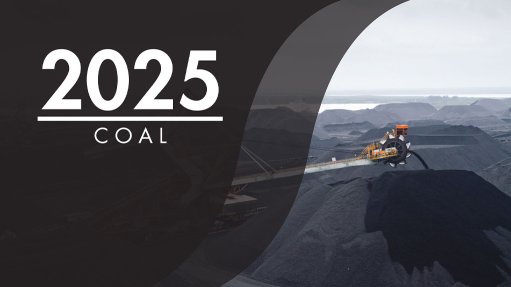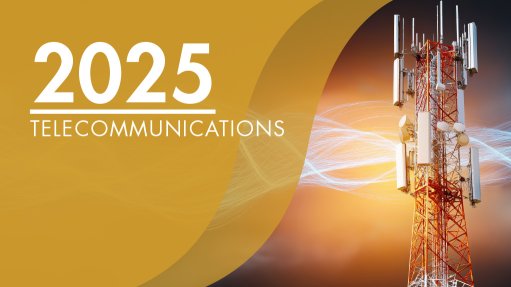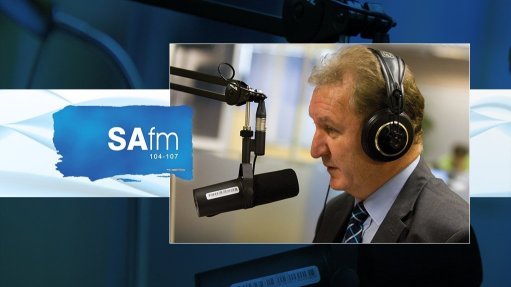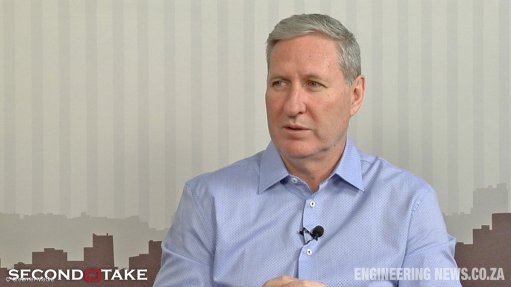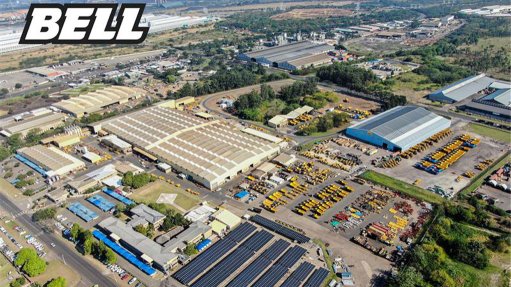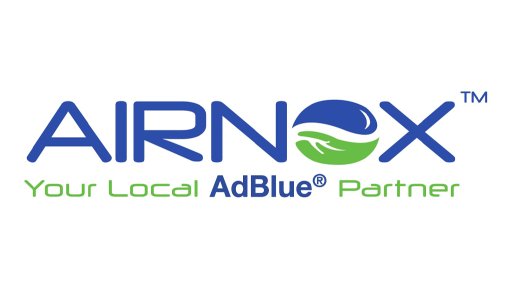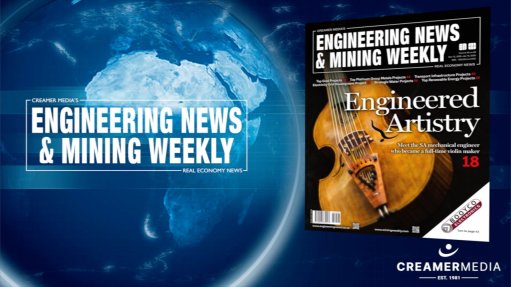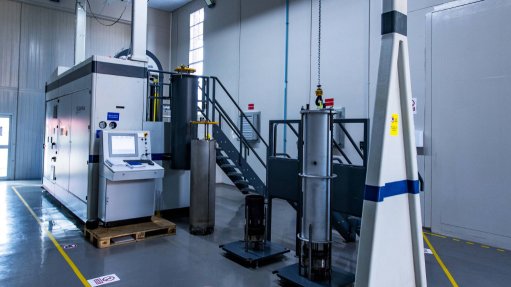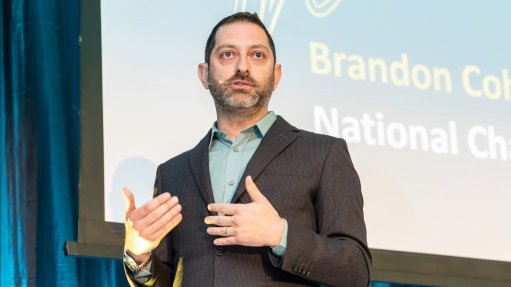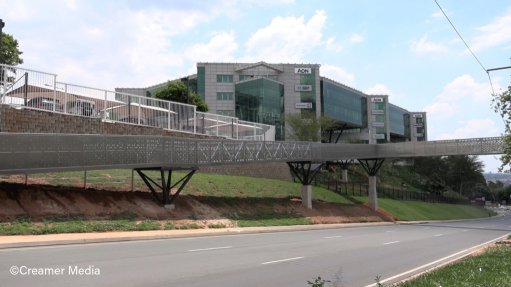Infrastructure gaps hinder mineral supply chains
While initiatives to modernise Southern Africa’s mineral logistics corridors and improve cross-border cooperation are gaining traction, the pace of reform is still too slow to match the rising demand or investor expectations, reports logistics company DHL industrial projects head Vees Moodley.
The region’s logistics corridors are under strain, with aging infrastructure, inconsistent customs procedures and uneven digital adoption continuing to hamper the movement of bulk commodities such as coal and aluminium from mine to market.
“Infrastructure gaps are slowing supply chains across Southern Africa,” he says, adding that these constraints are driving up costs and extending lead times, culminating in “two things no exporter wants”.
Structural delays and disjointed logistics systems are also driving investors and production away owing to inefficiency, notes Moodley.
“Without immediate action, Africa risks falling further behind.”
As some global miners move operations to neighbouring countries with more stable export routes, not only is mining production lost, but associated jobs and critical infrastructure are also put at risk as sectors decline, he says.
Although rail corridors such as that reaching terminus in Saldanha Bay, in the Western Cape, and conveyor systems at the Port of Richards Bay, in KwaZulu-Natal, both in South Africa, offer fast options, they remain underused as a result of limited investment in infrastructure upgrades, notes Moodley.
As a result, he says some minerals producers are rerouting shipments through Walvis Bay, in Namibia, or through various ports in Mozambique, to avoid delays; however, this adds distance to shipments, increases environmental impact and reduces shipping predictability.
Another key barrier is inconsistent customs procedures, whereby certain countries have different clearance rules, and various forms of mandatory paperwork and tariff processes, leading to duplication, confusion and longer transit times, explains Moodley.
“Even with regional trade agreements, harmonisation has been slow. To move forward, countries need clearer, more aligned trade frameworks,” he suggests.
Nonetheless, there are signs of progress being made in streamlining trade agreements, with programmes like the Authorised Economic Operator scheme and digital single-window systems being implemented, resulting in some logistics processes being accelerated.
Moodley points out that in areas where these systems or initiatives are active, clearance times have dropped from several days to under 24 hours, thereby providing evidence that regional alignment “makes a real difference”.
In addition to this, South Africa’s government has been working to rehabilitate critical rail lines in response to threats such as cable theft, vandalism and infrastructure breakdowns, including on the Durban-Gauteng line and the coal-heavy Richards Bay rail corridor.
Upgrading Infrastructure
The upgrading of rail infrastructure and equipment, ports and road infrastructure is essential to lowering logistics costs for mining clients, improving reliability and keeping Africa competitive in global minerals exports, says Moodley.
“Technology is also part of the solution,” he says, adding that tools like geofencing, tamper sensors and driver biometrics help operators of logistics services monitor and respond to system dynamics faster.
However, cross-border digitalisation is another hurdle, Moodley points out.
As countries differ in their readiness to roll out digitalisation, and lack customs platforms, including electronic bills-of-lading and integrated tracking, full regional efficiency remains challenging, he says.
“We’re also seeing digital tools play a bigger role in decision-making. By linking shipment tracking with warehouse and yard management systems, businesses can keep freight moving even when network congestion creates delays,” adds Moodley.
Also, environmental factors, such as extreme weather conditions and flooding, highlight the need for climate-resilient logistics infrastructure.
In response to these factors, Moodley says targeted investments in rail maintenance, port upgrades and systems automation are underway.
Nonetheless, he says that if African miners answer the growing calls to increase in-continent beneficiation, an improvement in minerals logistics networks is required even more urgently.
“Fixing logistics isn’t just about this year’s shipments. It’s about securing long-term growth, competitiveness, and economic resilience,” Moodley concludes.
Article Enquiry
Email Article
Save Article
Feedback
To advertise email advertising@creamermedia.co.za or click here
Comments
Press Office
Announcements
What's On
Subscribe to improve your user experience...
Option 1 (equivalent of R125 a month):
Receive a weekly copy of Creamer Media's Engineering News & Mining Weekly magazine
(print copy for those in South Africa and e-magazine for those outside of South Africa)
Receive daily email newsletters
Access to full search results
Access archive of magazine back copies
Access to Projects in Progress
Access to ONE Research Report of your choice in PDF format
Option 2 (equivalent of R375 a month):
All benefits from Option 1
PLUS
Access to Creamer Media's Research Channel Africa for ALL Research Reports, in PDF format, on various industrial and mining sectors
including Electricity; Water; Energy Transition; Hydrogen; Roads, Rail and Ports; Coal; Gold; Platinum; Battery Metals; etc.
Already a subscriber?
Forgotten your password?
Receive weekly copy of Creamer Media's Engineering News & Mining Weekly magazine (print copy for those in South Africa and e-magazine for those outside of South Africa)
➕
Recieve daily email newsletters
➕
Access to full search results
➕
Access archive of magazine back copies
➕
Access to Projects in Progress
➕
Access to ONE Research Report of your choice in PDF format
RESEARCH CHANNEL AFRICA
R4500 (equivalent of R375 a month)
SUBSCRIBEAll benefits from Option 1
➕
Access to Creamer Media's Research Channel Africa for ALL Research Reports on various industrial and mining sectors, in PDF format, including on:
Electricity
➕
Water
➕
Energy Transition
➕
Hydrogen
➕
Roads, Rail and Ports
➕
Coal
➕
Gold
➕
Platinum
➕
Battery Metals
➕
etc.
Receive all benefits from Option 1 or Option 2 delivered to numerous people at your company
➕
Multiple User names and Passwords for simultaneous log-ins
➕
Intranet integration access to all in your organisation




